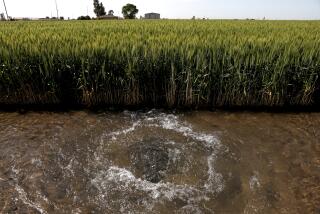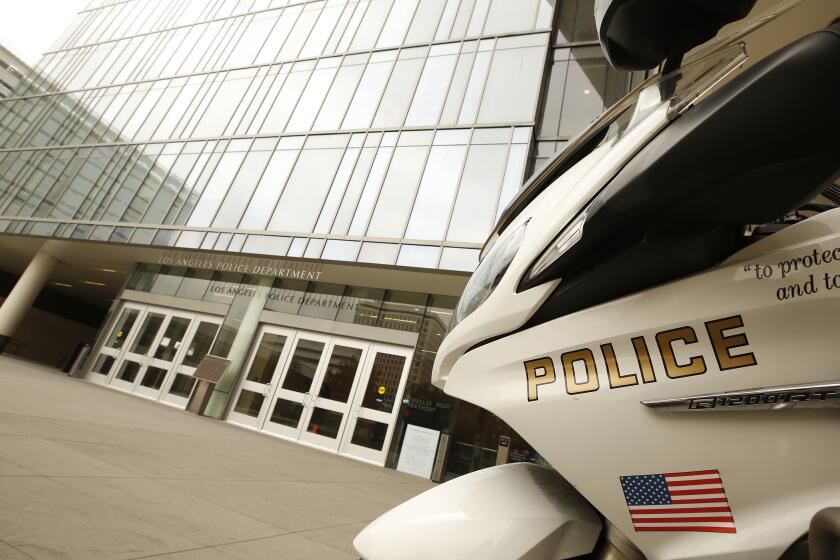A Salty Issue
- Share via
Assembly Concurrent Resolution 96 was one of those innocuous legislative items so easy to pass in the waning days of the California Legislature. For one thing, a resolution does not have the force of law, so voting for it did not really commit anyone to anything. But as the expression of the Legislature, it could well have some influence on the state bureaucracy.
The resolution, sponsored by Democratic Assemblyman Norm Waters of Plymouth in the western Sierra foothills, expressed alarm that salt used by the California Department of Transportation to keep highways ice-free during winter storms was contributing to the death of roadside trees, particularly at Lake Tahoe. The measure asked Caltrans to consider using salt substitutes that would not harm the vegetation and that did not corrode motor vehicles and highway bridges.
It sounds like a simple solution, but as with so many issues, it gets increasingly complicated the more it is examined. Caltrans is not unsympathetic--the agency has been looking for a salt substitute since the 1970s--but bureaucracies are severely constrained creatures, and nothing is as constraining as the lack of money.
Waters’ measure was an outgrowth of a survey by the League to Save Lake Tahoe that found more than 7,000 dead and dying conifers along roads ringing Lake Tahoe. The league blamed disease, insects and drought, but primarily the salt that Caltrans puts on the road in winter. As roads are plowed, the salty slush is thrown on the road bank, splashing the trees with harmful chlorides. The campaign was picked up by the Citizens for Better Mountain Highways, a coalition of businesses mostly related to tourism. The group called for Caltrans to switch to calcium magnesium acetate (CMA), which has been successfully tested on icy roads in the eastern Sierra.
The business people acknowledged that salt costs only $50 a ton and CMA runs $650, but argued, reasonably, that the difference is not so great if the damage caused by salt is considered.
So what has Caltrans done? Formed a committee, naturally. But the committee chairman is Al Phillips, a 38-year Caltrans veteran who runs District 2 out of Redding. With the patience of a bureaucrat who has had to explain these sorts of things at great length before, Phillips relates that the switch to CMA could be done, but . . . But, for instance, CMA is made only by Chevron and a government agency has problems contracting with a so-called “sole source.” The cost really is $700 a ton compared with $45 and “I don’t have the money to do that.” Budgets do not account for indirect savings such as prevention of damage to autos.
Also, while salt frees the highway of ice, CMA leaves a fluffy substance that still must be plowed. Whereas Caltrans has tried to eliminate snow-chain requirements as much as possible, chains would be necessary in some cases even after the use of CMA. Also being tested are substances that use buffers to reduce the corrosive effect of salt, but they still leave chlorides on the trees.
Phillips is not just passing the buck or ducking blame for tree deaths. “I have seen the damage in the Tahoe basin,” he said. “We need to do a better job, no doubt about it. We will have to decrease the use of salt considerably there.” And tests with CMA and other substances will continue. For now, the result is that chains may be required more often on Tahoe basin roads and snow closures may last longer. This will not make the Tahoe merchants happy, either. Sometimes that is just the way it is.
More to Read
Sign up for Essential California
The most important California stories and recommendations in your inbox every morning.
You may occasionally receive promotional content from the Los Angeles Times.










